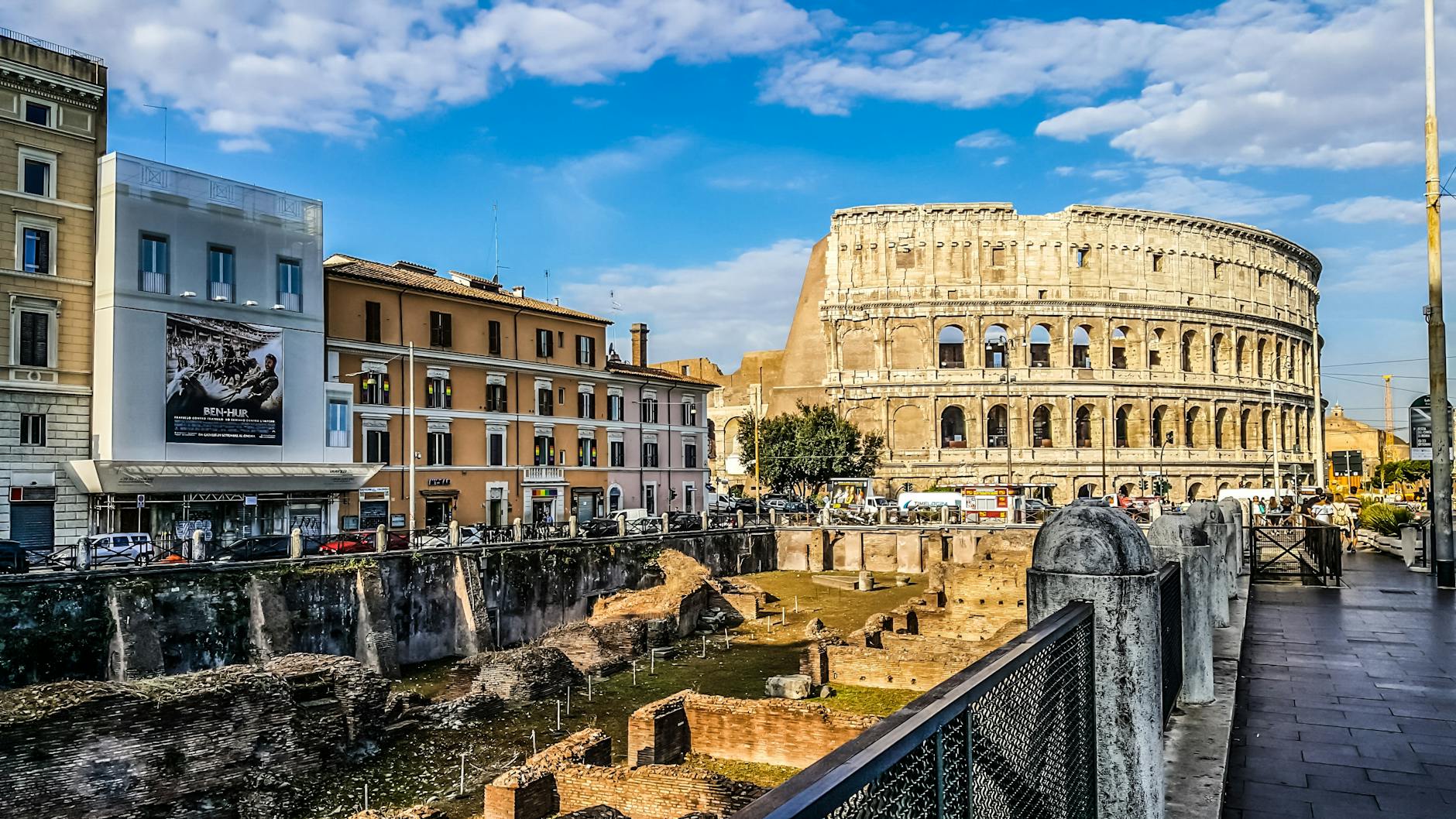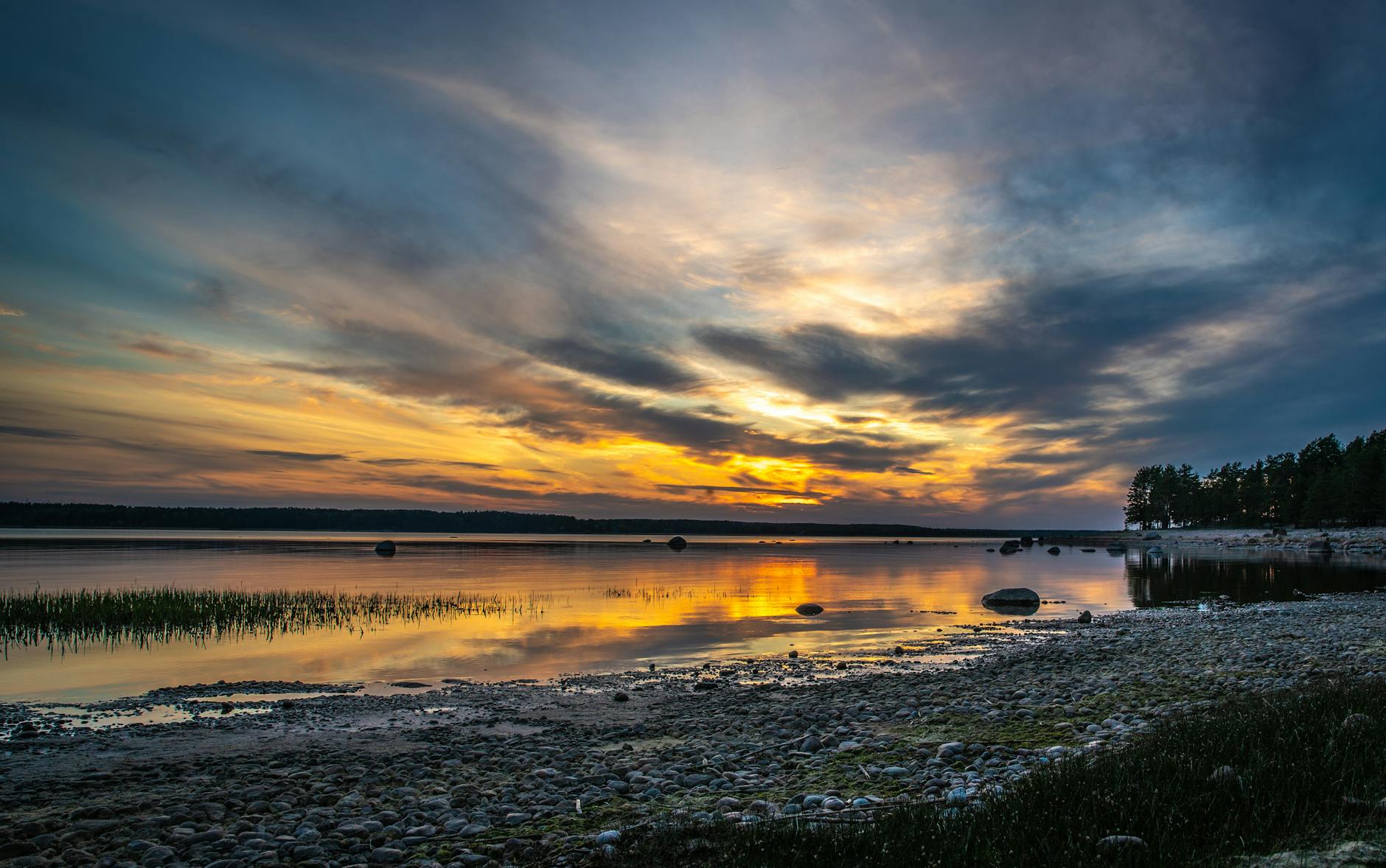Why Sustainable Tourism in Australia Sets a Global Example

Exploring Sustainable Tourism
As an advocate for sustainable tourism, I often find inspiration from Kings Park's Conservation Garden, an embodiment of eco-friendly initiatives. One of the primary aspects of sustainable tourism is its emphasis on preserving natural resources while allowing travelers to engage with unique ecosystems. When discussing sustainability, it's essential to highlight responsible wildlife encounters such as Tanzania safari experiences that prioritize conservation over exploitation.
Understanding sustainable practices begins with recognizing their core principles: maintaining eco-balance, supporting local communities, and educating tourists. The educational component is crucial, as it empowers travelers to make informed decisions. From Galapagos cruise ships equipped with renewable energy sources to South Africa tours focusing on community development, sustainable travel seeks to minimize the environmental footprint while maximizing cultural preservation.
The environmental benefits of these practices include reduced carbon emissions, conservation of biodiversity, and preservation of natural areas. By choosing eco-conscious travel options, tourists contribute to the protection of delicate ecosystems, similar to those found on Rottnest Island's environmentally focused attractions.
Such efforts offer educational opportunities that extend beyond mere observation. Visitors can engage with conservation experts, participate in habitat restoration projects, and learn about the ecosystems they visit. This form of tourism not only enriches the traveler’s experience but also supports the ongoing efforts to maintain our planet’s natural heritage.
Australia's Unique Approach
Key Sustainable Initiatives
Australia is a leader in sustainable tourism, implementing various initiatives aimed at preserving its stunning natural landscapes. In the heart of Perth, Kings Park's Conservation Garden exemplifies this commitment by showcasing native plant species and restoration projects that combat ecological degradation. Whether you're visiting this garden or exploring further afield, Australia’s focus on sustainability is resolute.
Community Engagement Strategies
A significant part of Australia's sustainable tourism strategy involves community engagement. Local communities are encouraged to participate in conservation efforts and are often consulted in decision-making processes. This grassroots approach is evident on Rottnest Island, where local initiatives focus on reducing plastic waste and promoting recycling. Community efforts ensure that actions taken are culturally relevant and environmentally effective. This approach contrasts sharply with mass tourism tactics seen elsewhere, emphasizing localized, sustainable solutions.
Protecting Natural Habitats
Protecting Australia’s diverse habitats requires robust safeguards, given the country's vast and varied ecosystems. Regions like the Great Barrier Reef employ policies that strictly control tourist interaction, using strategies such as visitor caps and strict guidelines for tour operators to minimize ecological disruption. These protections are mirrored in places across the nation, like the Perth Cultural Center’s sustainability exhibitions, which educate the public on maintaining ecological balance.
Australia’s strategies offer a model for sustainable tourism that other regions could emulate, from south america tours emphasizing local biodiversity to Africa's namibia safari and kenya tours, which focus on conserving wildlife.
Lessons from Marine Tourism
Impact on Marine Conservation
Marine tourism holds immense potential for promoting conservation, but it must be approached with caution. With destinations like Kings Park's Conservation Garden as a template, initiatives can be designed to both educate and engage tourists, thereby enriching their experience and fostering a commitment to sustainability. Responsible tourism involves prioritizing the preservation of delicate marine ecosystems and contributing to ongoing conservation efforts. By offering immersive experiences that highlight environmental challenges and solutions, marine tourism can cultivate a deeper appreciation for marine life, encouraging visitors to become advocates for sustainable practices.
Real-Life Case Studies
Several case studies illustrate successful models for sustainable marine tourism. The environmentally focused attractions on Rottnest Island have set an example for how tourism can support conservation. On the island, measures have been introduced to sustain the natural habitat while still allowing tourists to experience its unique ecosystems. Efforts such as conservation-focused arctic cruises and controlled african safari tours have demonstrated the possibility of aligning tourism with ecological goals. These examples highlight the significance of collaborative efforts between tour operators, local communities, and environmentalists to ensure that tourism supports, rather than undermines, conservation goals.
Best Practices for Visitors
For visitors keen on making a positive impact, embracing sustainable tourism practices is key. Here are some recommended strategies:
- Prioritize travel companies that uphold strong ecological standards.
- Participate in tours that incorporate educational components about local ecosystems.
- Stay informed about the environmental policies and practices of tour operators.
By incorporating these approaches, travellers can help foster a travel culture that strengthens, rather than detracts from, conservation efforts, inspiring collective responsibility towards marine tourism and its future.
Challenges in Implementation
Managing Visitor Impact
Managing visitor impact is crucial in protecting ecosystems while promoting tourism. Take, for instance, the delicate balances faced on Botswana tours, where visitor restrictions help safeguard wildlife habitats. Striking a balance between accessibility and conservation ensures these pristine environments endure for future generations. Implementing visitor caps, ensuring strict adherence to eco-friendly practices, and educating tourists can minimize disturbances to the ecosystem. These strategies are imperative for mitigating human impact on local wildlife and maintaining the natural beauty of travel destinations.
Balancing Economic Goals
Balancing economic interests with ecological preservation is another intricate challenge. Tour operators and local communities often rely heavily on tourism revenues, but unchecked growth can degrade environments. For example, while Galapagos Islands tours offer significant economic benefits, they can also strain local ecosystems. Identifying sustainable practices that support economic objectives without compromising environmental health is essential. This requires developing a tourism model that promotes sustainable growth while ensuring that financial incentives align with conservation efforts.
Policy and Regulatory Hurdles
Policy and regulatory frameworks can also complicate sustainable tourism implementation. Complex regulations sometimes inhibit the adoption of innovative practices and hinder progress toward sustainability goals. Governments can foster the development of more effective conservation policies by providing clear guidelines and incentives for eco-friendly tourism. Regulatory efforts need to focus on collaborative approaches, engaging both local and international stakeholders to create a unified vision for sustainable tourism development.
Action Items for Conscious Travellers
Opting for Eco-Friendly Tours
In the quest for more environmentally responsible travel, opting for eco-conscious tours can be a significant first step. One of the best ways to ensure your choices are sustainable is by selecting operators who prioritize conservation and respect local ecosystems. Take the time to explore tours in Perth, particularly at Rottnest Island, that emphasize ecological preservation and minimal environmental disruption. Always look for certifications or endorsements from reputable environmental organizations to guide your selection process.
Contributing to Local Conservation
Supporting local conservation efforts can be incredibly rewarding and contributes positively to the destinations you visit. In Kings Park, the Conservation Garden offers insight into native Western Australian flora, and visitors can support such initiatives through donations or volunteer efforts. By choosing to engage with establishments at The Perth Cultural Center that offer sustainability exhibitions, you can also foster meaningful change. It’s not just about monetary contributions; your time and awareness can vastly amplify the impact of conservation programs.
Minimizing Your Carbon Footprint
Every small action counts when it comes to reducing your carbon footprint while travelling. Simple measures such as choosing public transport over car rentals or enjoying local vegetarian cuisine can make a big difference. Many attractions in Perth encourage low-carbon activities, making it easier for you to integrate these practices into your travel itinerary. Spend a day cycling around Rottnest Island or hiking in Kings Park to enjoy the beauty of nature without the guilt of added emissions. Embrace these strategies to nurture a more sustainable travel culture.


